The American Shorthair, with its sturdy build and playful demeanor, has long been a favorite among cat enthusiasts. While these felines may appear more laid-back than some of their high-energy counterparts, understanding and meeting their exercise needs is crucial for maintaining their physical health and mental wellbeing. Unlike the perpetual motion machines we see in some breeds, American Shorthairs strike a beautiful balance between activity and relaxation, but this doesn't mean their exercise requirements should be overlooked.
These cats trace their lineage back to working cats that came to America on ships, where they served as expert mousers. That heritage still lives in their DNA - you'll notice it when your American Shorthair suddenly springs into action, demonstrating bursts of energy that might surprise you. Their muscular bodies are built for movement, and while they may enjoy long naps in sunny spots, they equally relish opportunities to stretch those muscles and engage their hunting instincts.
Understanding your American Shorthair's activity patterns is the first step toward creating an appropriate exercise routine. These cats tend to be most active during dawn and dusk, following the natural rhythms of their wild ancestors. You'll likely notice your companion becoming particularly playful during these times, suddenly racing around the house or batting at imaginary prey. This is when they're most receptive to interactive play sessions that satisfy their need for both physical exertion and mental stimulation.
The amount of exercise an American Shorthair needs can vary depending on age, health status, and individual personality. Kittens and young adults typically require more active playtime than middle-aged or senior cats. However, even older American Shorthairs benefit greatly from regular, moderate activity to maintain muscle tone and joint health. The key is observing your cat's natural rhythms and tailoring activities to their energy levels rather than imposing a rigid schedule.
Interactive play sessions should form the cornerstone of your American Shorthair's exercise routine. These intelligent cats thrive on engagement with their human companions. Feather wands, laser pointers (used responsibly), and fishing pole toys that mimic prey movement are excellent choices. The important thing is to make the play mimic natural hunting behaviors - short bursts of intense activity followed by periods of rest. This not only exercises their body but also satisfies their instinctual needs.
Many American Shorthair owners make the mistake of leaving toys out all the time, wondering why their cat seems uninterested. The secret lies in rotating toys and making playtime an interactive, bonding experience. These cats may not always initiate play on their own, but they'll enthusiastically participate when engaged by their favorite human. Try to dedicate at least two or three 10-15 minute play sessions daily, ideally coinciding with their natural active periods in morning and evening.
Environmental enrichment plays a significant role in meeting your American Shorthair's exercise needs. While they may not climb as obsessively as some breeds, they still appreciate vertical spaces to explore. Cat trees, window perches, and strategically placed shelves create opportunities for climbing and jumping. Scratching posts serve dual purposes - allowing them to stretch their muscles while maintaining claw health. Consider creating a "cat superhighway" with pathways that encourage movement around your home.
Puzzle feeders and food-dispensing toys are excellent tools for combining mealtime with mental and physical activity. Instead of simply placing food in a bowl, make your American Shorthair work for their meals by hiding small portions around the house or using interactive feeders. This taps into their natural foraging instincts and provides gentle exercise as they "hunt" for their food. Many cats find this more satisfying than eating from a stationary bowl.
While American Shorthairs generally adapt well to indoor living, supervised outdoor time can provide valuable exercise opportunities if safely managed. Harness training can allow your cat to explore the outdoors while remaining safe from traffic, predators, and other dangers. Start training young, using positive reinforcement, and keep initial sessions short. Many American Shorthairs take well to leash walking, enjoying the mental stimulation of new sights and smells along with the physical activity.
For those with secure outdoor spaces, catios (enclosed cat patios) offer the perfect compromise - fresh air, sunshine, and the excitement of the outdoors without the risks. These enclosed spaces allow for climbing, exploring, and bird-watching, all of which provide mental and physical stimulation. Even a simple screened window perch can give your American Shorthair hours of entertainment as they watch the world outside.
Recognizing signs of inadequate exercise is important for American Shorthair owners. These may include weight gain, destructive behaviors, excessive vocalization, or nighttime restlessness. Unlike some breeds that become obviously hyperactive when under-exercised, American Shorthairs may simply become lethargic or develop subtle behavioral changes. Regular weigh-ins at home can help monitor for gradual weight gain that might indicate insufficient activity.
As these cats age, their exercise needs will naturally change. Senior American Shorthairs may develop arthritis or other conditions that affect mobility. While they may not leap as high or run as fast, gentle play remains important for maintaining joint flexibility and muscle mass. Adapt activities to their capabilities - shorter, more frequent play sessions with easier-to-catch toys can keep them engaged without causing strain.
Hydration and recovery are often overlooked aspects of feline exercise. Always ensure fresh water is available, especially after active play sessions. While cats don't sweat like humans, they still need to rehydrate after exertion. Provide comfortable resting spots where your American Shorthair can relax after play. These cats particularly enjoy warm, soft beds where they can stretch out their well-exercised muscles.
The bond formed through regular play and exercise sessions with your American Shorthair can be incredibly rewarding. These cats may not demand attention as persistently as some breeds, but they deeply appreciate quality time with their humans. The mutual enjoyment of play strengthens your relationship while keeping your feline companion physically fit and mentally sharp. It's a win-win situation that enhances both your lives.
Remember that every American Shorthair is an individual. Some may be more energetic and playful than others. The key is paying attention to your cat's unique personality and adjusting activities accordingly. What matters most is providing regular opportunities for movement and mental stimulation tailored to your cat's preferences and abilities. With proper exercise integrated into their daily routine, your American Shorthair can enjoy a long, healthy, and happy life as your cherished companion.
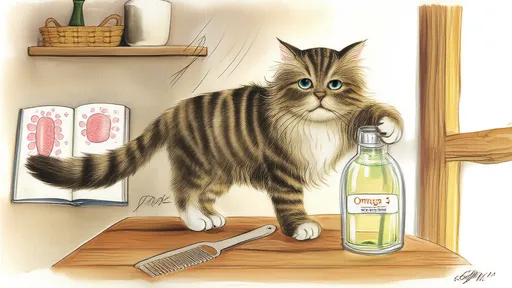
By /Jun 28, 2025

By /Jun 28, 2025
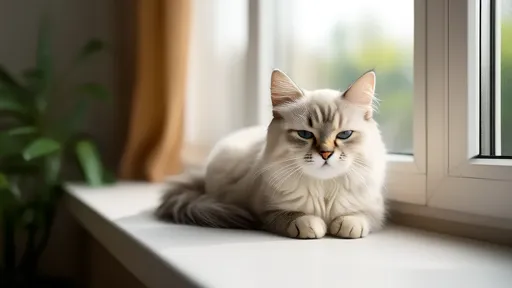
By /Jun 28, 2025

By /Jun 28, 2025
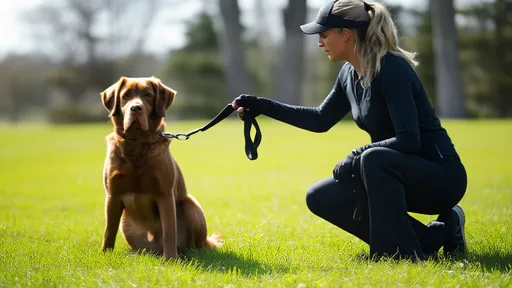
By /Jun 28, 2025

By /Jun 28, 2025

By /Jun 28, 2025

By /Jun 28, 2025

By /Jun 28, 2025

By /Jun 28, 2025

By /Jun 28, 2025
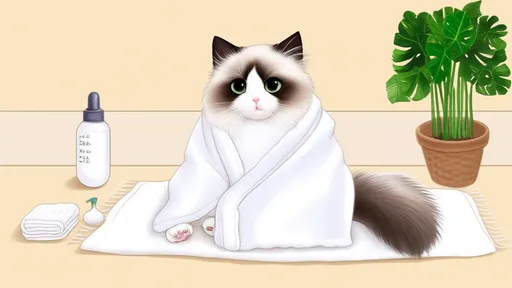
By /Jun 28, 2025
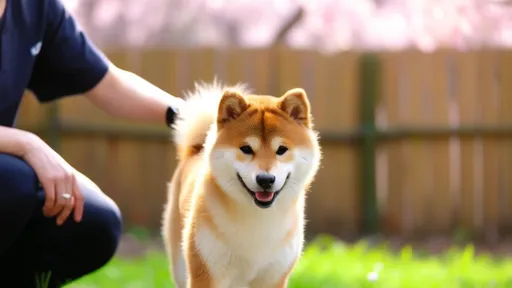
By /Jun 28, 2025
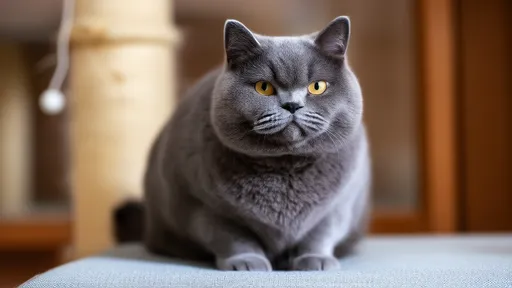
By /Jun 28, 2025

By /Jun 28, 2025

By /Jun 28, 2025
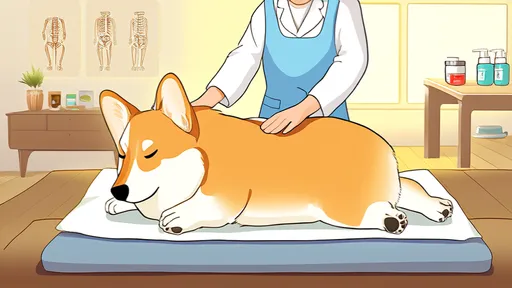
By /Jun 28, 2025
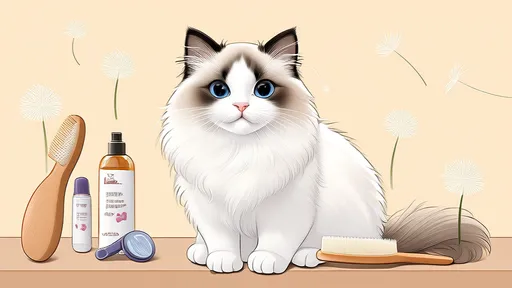
By /Jun 28, 2025